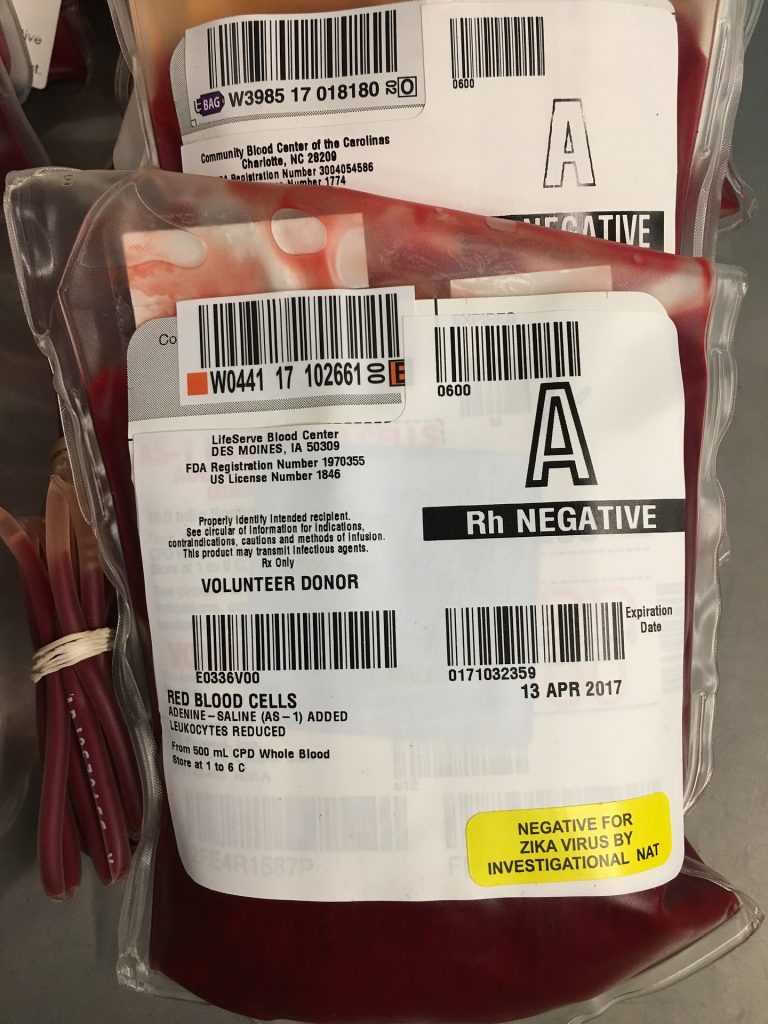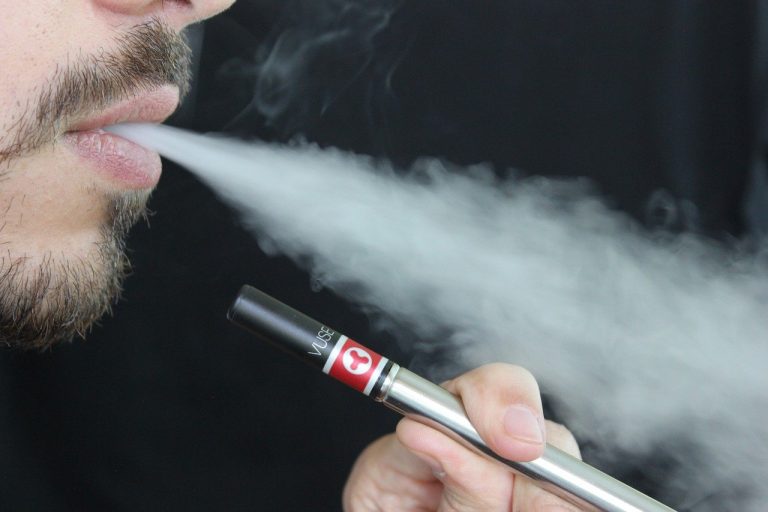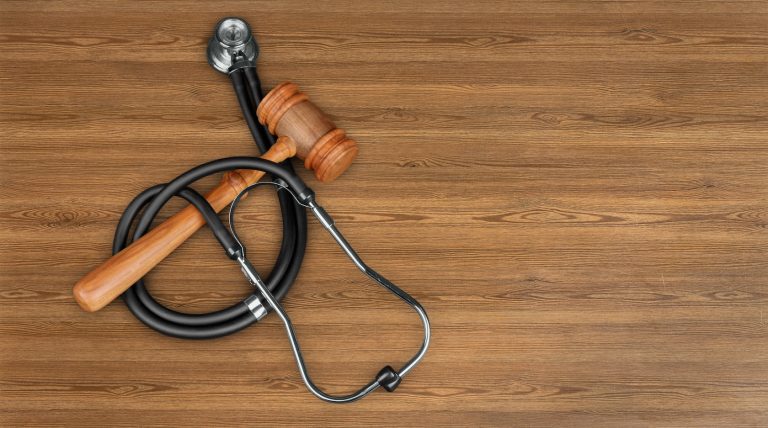Currently there is no statistical data available concerning the prevalence of hypoxic brain injury in the United States.
Hypoxic brain injury is most commonly seen in the presence of cardiac arrest. However, anything that decreases tissue oxygenation, perfusion pressure and autoregulation of the brain structures will set a patient up for hypoxic brain injury. Some of these factors include vascular injuries, hemorrhagic shock, cardiovascular shock, septic shock, lung complications, and drug overdose.
Perfusion pressure of the brain is one of the most important factors in brain oxygenation. Perfusion pressure is directly related to the patient’s blood pressure. The perfusion pressure of any organ is based on the mean arterial pressure. This is calculated through a formula in which the diastolic pressure is doubled and the systolic pressure is added and the sum of divided by three. The mean arterial pressure is the average arterial pressure throughout one cardiac cycle; systole and diastole. (DeMers 2021) Basically the perfusion pressure is what is known as hydrostatic pressure which is the force of the blood against the walls of a vessel with each heartbeat. This hydrostatic pressure is responsible for the pulse sensation and is what drives tissue exchange of oxygen and nutrients. Therefore, in order to have good tissue perfusion one must have adequate blood pressure. The perfusion pressure of the brain is 80-100 mean arterial pressure.
Autoregulation is extremely important for brain tissue perfusion. Autoregulation is the ability of blood vessels to vasoconstrict or vasodilate in response to varying chemical alterations in a given area. This could be whole brain or in localized areas. The change in blood vessel diameter is directly dependent on carbon dioxide levels. Autoregulation is intact between a carbon dioxide level of 20mmHg and 80mmHg. Beyond this two points autoregulation is lost. Autoregulation either increases or decreases blood flow to a given area.
Cardiac arrest is a complete cessation of both oxygenation and perfusion. Severe hypotension can also create a cessation of oxygenation and perfusion. Shock states are the most common cause.
The standard of care in hypoxic brain injury is dependent on:
- Recognizing and treating the causative factor with evidence based clinically sound treatments. This involves early recognition of hypotension, cardiac or respiratory arrest, and shock states.
- Early initiation of treatment modalities
- Treatment modalities to prevent further cell damage once hypoxic brain injury is suspected.
Possible defenses to hypoxic brain injury cases are directly dependent on the causative factors and the comorbidities associated with the causative factor. Scientifically sound treatment modalities are crucial to defending a hypoxic brain injury case. Medications, both prescription and over the counter, ingested by the patient may also be a contributing factor in hypoxic brain injury. Herbal medications often fall into this category. Understanding these principles is crucial to case formation.
DeMers, D/ Wacha D. Physiology, Mean Arterial Pressure. 2021 Apr 21: Stat pearls. Retrieved from pubmed.ncbi.nlm.nuh.gov






